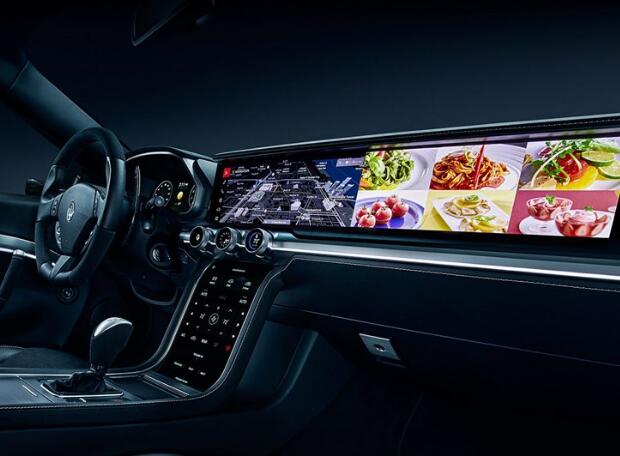It is more than proven that at present, the digital screens of cars are becoming a key feature in the purchase decision. Neither drivers nor passengers want to run out of a display and control functions that allow cell phones to be linked.
Although today the latest technology in these displays are interfaces such as Apple Car Play and Android Auto, shortly, they will evolve into a 3D visualization. One of the great advantages of this technology is that, by generating a realistic three-dimensional effect, it allows you to capture visual information faster than when shown on conventional screens.
One of the key players in the development of screens equipped with organic LEDs (OLED) or freely configurable, is Bosch which has become the benchmark for vehicle displays.
As mentioned, 3D screens are the latest trend for vehicle cabins. On the movie screen, a 3D effect primarily serves to improve the entertainment value of a movie. But in a vehicle, it is a different case, since the depth of field of the screen means that drivers can capture visual information faster, either from an assistance system or an alert.

When parking, the image of the rearview camera is more realistic, allowing better detection of obstacles, and drivers can have a better perception of how much space they have left. M Alejandro in the street, this 3D effect also plays a decisive role, as the spatial depth of the display of the map makes it clear immediately what building marks the next turn.
Of Bido, to the view, it is responsible for 90 percent of all human sensory perception. Showing information on a normal screen is sometimes insufficient; in this way, the future has to do with the interaction between users and screens. Faced with the era of 3D screens, Bosch is creating applications of all kinds, from small and flat to large and curved, and sometimes in unusual shapes, such as round or with cut corners.
Also, the interaction can take the form of voice or touch control, the latter with haptic feedback. And especially when future drivers let their autopilot drive, the man-machine interface (HMI) will be crucial to the interaction between the car and its driver.
As the screens grow in size, they become more appropriate and intelligent, and have voice control and touch commands, more and more computing power is needed. This result could mean many more control units. Even now, up to 15 back-end processing units control the screen and operating systems. In the case of using a single computer Bosch cabin to coordinate all delegates all interface and control functions in a central control unit. Fewer control units also mean less weight, and vehicle development times also reduced. Thanks to cloud updates, the infotainment system can also be updated as easy as a smartphone.
Not only the car screen will upgrade its technology, but also the headlight technology improves the lighting illumination, such as the 3157 led headlight bulb used for the low beam.
